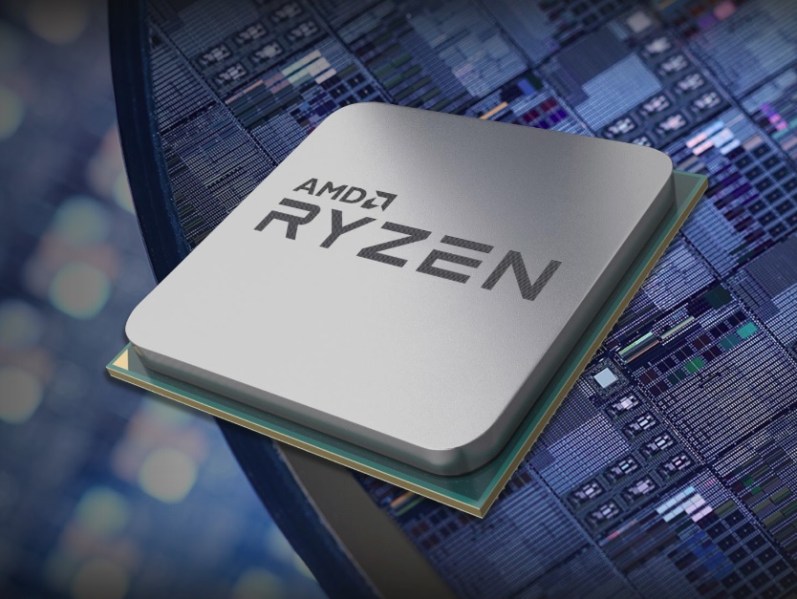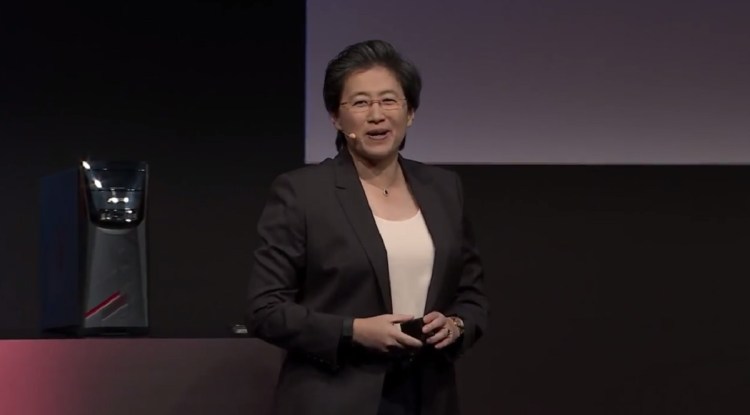Advanced Micro Devices saw its stock price plummet as much as 22.5 percent in after-hours trading after it reported third-quarter revenues that were slightly less than the market expected and forecast conservative growth for the fourth quarter.
AMD’s stock fell along with much of the broader market, which was down about 3 percent today based on concerns about the economy.
The company grew revenues 40 percent to $1.65 billion in the third quarter, compared to the same quarter a year ago. But analysts had expected slightly higher revenue of $1.7 billion. AMD saw weaker graphics processing units (GPUs) sales, as AMD’s graphics chips aren’t as competitive as rival Nvidia’s. Also, GPUs related to blockchain mining evaporated in the quarter, after making up a single-digit percentage of revenue a year earlier. Blockchain-based cryptocurrencies have also seen diminishing returns from mining, prompting fewer graphics card sales.
But AMD CEO Lisa Su said in a conference call that she believes AMD is gaining market share, thanks to growing traction for its Zen-based processors, which have advantages over rival Intel.
June 5th: The AI Audit in NYC
Join us next week in NYC to engage with top executive leaders, delving into strategies for auditing AI models to ensure fairness, optimal performance, and ethical compliance across diverse organizations. Secure your attendance for this exclusive invite-only event.
“We remain focused on executing our strategy and delivering our product leadership,” Su said.
In particular, she said AMD’s Epyc chips, which are based on the Zen architecture, could grab mid-single digit server unit share by the end of the year. She also said that AMD can grab double-digit unit market share over the longer term. She added that 50 percent of revenue is coming from new products.
Currently, the stock is down 18.6 percent at $18.55 a share.

Above: AMD Ryzen is now in its second generation.
AMD said it expects to launch its 7-nanometer GPUs, which could be more competitive against Nvidia’s products, before the end of the year. Su said a 7-nanometer central processing unit (CPU) will ship in 2019.
The company has been rolling out its second-generation Ryzen desktop chips, whose Zen-based architecture can process 52 percent more instructions per clock than the previous generation. AMD rolled out its first Zen-based Ryzen chips in the spring of 2017, and now the Zen technology is spreading through the whole product line.
Su said there has been a shift in revenue mix. She had expected client business would be strong, with Ryzen-based laptop chip sales and server chips growing. Graphics performed well with datacenter customers, but GPU sales were weak in the channel. Su said 54 new laptops are debuting with AMD chips, and client processor average selling price was up during the quarter.
The Enterprise, Embedded, and Semi-Custom segment revenue was down 5 percent at $715 million. The semi-custom chip business is down mostly due to the game console chip sales, which are expected to decline because the consoles are in their sixth year of sales, Su said.
AMD will talk about its second-generation Epyc server chip launch at an event in a couple of weeks. Client, server, datacenter, and other businesses are expected to grow. This week, AMD announced a partnership with Oracle, offering Epyc-based cloud service instances on Oracle Cloud infrastructure. AMD also recently launched its 32-core AMD Ryzen Threadripper processors for gamers and said those chips are 53 percent faster on multi-thread position than rival Intel’s.


